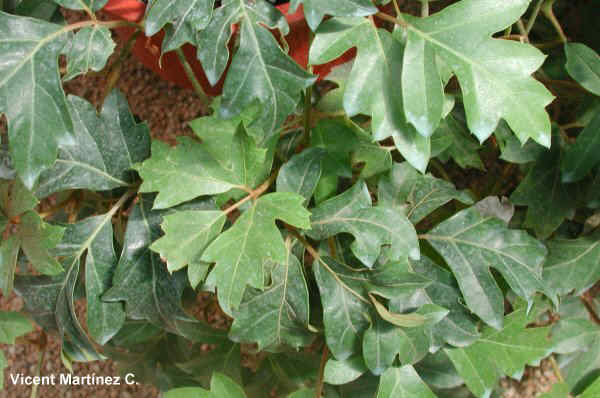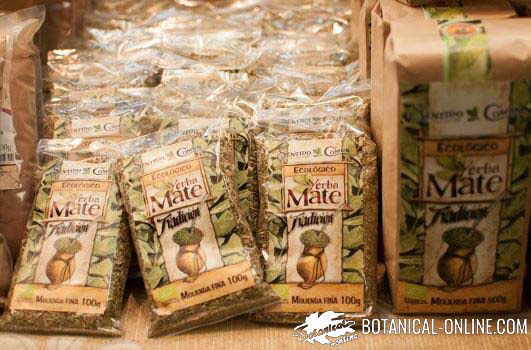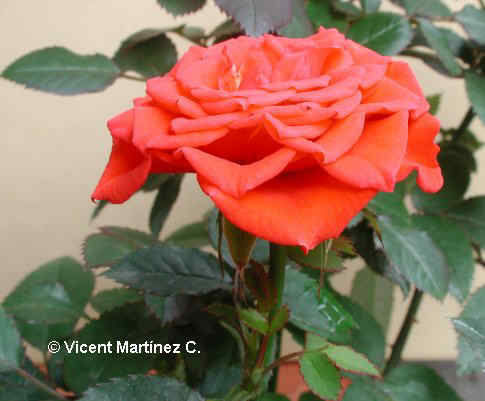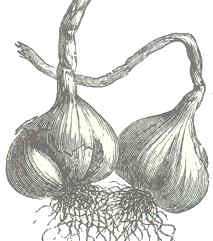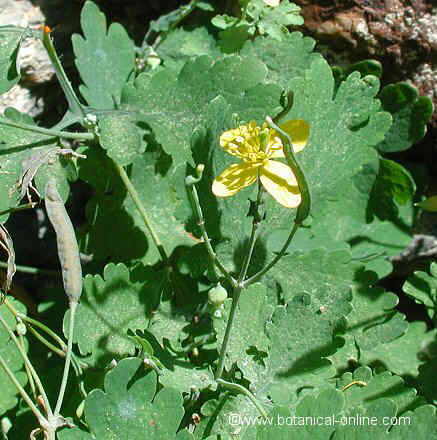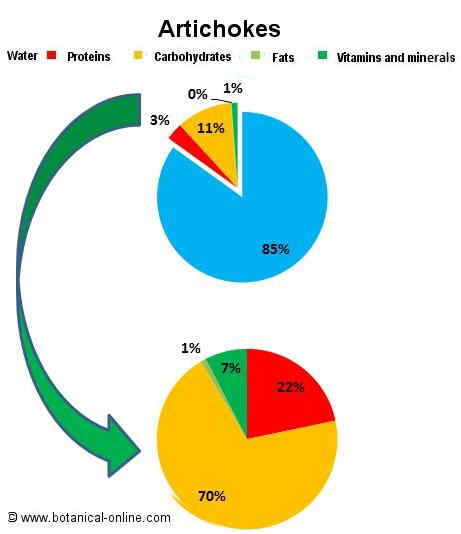Contents
Pansy characteristics
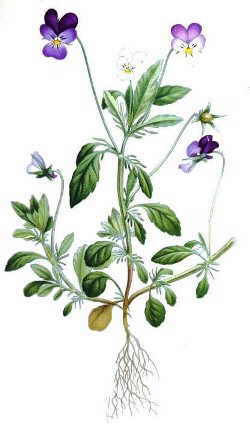
Common English name: heartsease, pansy, wild violet, love-in-idleness.
– Spanish: pensamiento, trinitaria, pensí, pincel, suegras y nueras.
Scientific name: Viola tricolor L.
Family: Violaceae – Violet Family
Origin: England
Habitat: uncultivated land, fields, etc.. In gardening hybrid varieties are grown for ornamental purposes.
Pansy description
Annual or biennial plant with a woody stem 10-20cm. high.
Shaped leaves with toothed margins and long petiole (with stipules), which is narrowing in the upper leaves.
Flowers stalked, axillary and large size. Calyx with 5 sepals and 5 petals separate and unequal. The petals are white, yellow or purple, or a combination of the three colors (hence the name Viola tricolor).
Plant composition
- Rich in mucilage (15%): arabinose, xylose
- Vitamin C, alphatocopherol, beta carotene
- Salicylic acid (0.060.1%) and salicylates (violutoside, gaultherin, methyl salicylate)
- Caffeic acid, coumaric, gentisic, protocatechuic
- Flavonoids: rutin, violanthin, scoparine, scopoletin, myricetin, quercetin, vitexin, carotenoids (xanthophylls as violoxanthin)
- Tannins (2.5 to 4.5%)
- Bitter principles (saponins): violin (roots) (with emetic properties)
Used parts of pansy
– The entire plant when it blooms in summer.
CURATIVE PROPERTIES OF PANSY
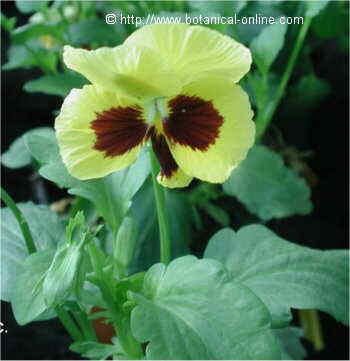
Pansy (Viola tricolor L.) was first used in the sixteenth century, when the treaties of John Gerard says that, applied externally, is a good vulnerary remedy for wounds, helping them heal.
Mucilage can be found in this plant in a high proportion, giving it anti-inflammatory and emollient properties suitable for treating lung inflammation and ulcers.
It also possess diuretic, tonic, sudorific, emetic, laxative and purgative properties.
Small amounts of salicylic acid and salicylates, together with flavonoids, make it an excellent antirheumatic. The root of pansy, like violet root, is emetic for its wealth of bitter principles.
INTERNAL PREPARATIONS WITH PANSY PLANT
Infusion of pansy for respiratory diseases
Because it contains mucilage, it has soothing, antitussive and anti-inflammatory properties, useful to treat bronchitis and inflammation of the lungs. It also contains salicylic acid and salicylates, effective analgesics to treat pain. Methyl salicylate, one of its components, has properties to reduce fever.
The plant contains some antibiotic principles to help treat infectious diseases. Among all the possible respiratory disorders that can be treated with pansy, we can point out the following:
- Bronchitis: The properties of pansy are suitable for treating bronchitis because its mucilaginous fiber helps remove secretions, reduces inflammation and soothes irritated throat. (Infusion of a spoonful of dried plant in 1 cup of water, three times a day. Combine with expectorants such as eucalyptus or mint).
- Cough: Pansy has great value as an antitussive plant, because, due to its richness in mucilage, it soothes and calms irritated throat and helps to treat coughing. (Infusion of a teaspoon of flowers in 1 cup of water, three times a day)
- Asthma: The properties of pansy to reduce inflammation and relieve cough are very suitable for asthma sufferers. Its flavonoids have antiasthmatic properties (quercetin, scopoletin) able to reduce coughing and make you breath easier. (Infusion of a spoonful of dried plant in 1 cup of water, three times a day).
- Fever: the flowers of pansy are used to treat fever because they are the richest plant in salicylic acid and salicylates (methyl salicylate). So, this plant helps reduce fever and has analgesic properties for pain. Suitable for feverish conditions, colds, flu,, etc.. (Infusion of a teaspoon of flowers in 1 cup of water, three times a day).
- Pharyngitis: The soothing and astringent properties of pansy can help relieve the discomfort and irritation of the throat in cases of pharyngitis. (Infusion of a teaspoon of flowers in 1 cup of water, three times a day. Gargle can be made with the preparation)
Diuretic properties of pansy
This is a diuretic plant: It favors the elimination of body fluids, being very appropriate in cases of obesity, edema and heart disease associated with the accumulation of water in the body.
The plant has mucilage, potassium, myricetin and gaultherin, diuretics principles that help eliminate toxins and empower pansy to treat eczema, gout and rheumatism.

Main medicinal properties of common pansy.
Pansy, as a depurative plant
As a depurative plant, pansy purifies the blood and fights inflammations and infections that affect the urinary tract such as cystitis. In this respect, its demulcent power is due to the large amount of plant mucilage which this plant possesses. It helps dissolve kidney stones.
- Gastritis: Pansy provides demulcent and astringent properties, also anti-inflammatory principles that help reduce inflammation and treat gastric mucosa in case of gastric or duodenal ulcers.
- Constipation: The mucilage content brings mild laxative properties, effective for the treatment of constipation.
External preparations with pansy plant for the skin
- Skin conditions: the plant is widely recognized as a vulnerary remedy to treat numerous skin conditions. It is applied to wounds, boils, sores or abscesses to soften skin and promote healing of wounds. In botanical treatises Weiss (1950) warns that this remedy should be applied continuously to observe its effects. (Poultice of crushed fresh leaves and flowers with cold milk).
- Psoriasis: salicylates and flavonoids have properties to treat psoriasis (60g compresses. Flowers and leaves in 1 liter of water).
 Pansy plant dosage
Pansy plant dosage
Pansy is harvested from June to August and dried for later use.
- Infusion (internally): one teaspoon (24g.) of dried plant in 1 cup water, three times a day.
- Poultice (externally) cold milk mixed with a handful of crushed fresh flowers and leaves.
- Compress (externally): 60g. of dried plant in 1 liter of water. Soak compresses and apply on the area.
![]() More information on pansy.
More information on pansy.

 Pansy plant dosage
Pansy plant dosage